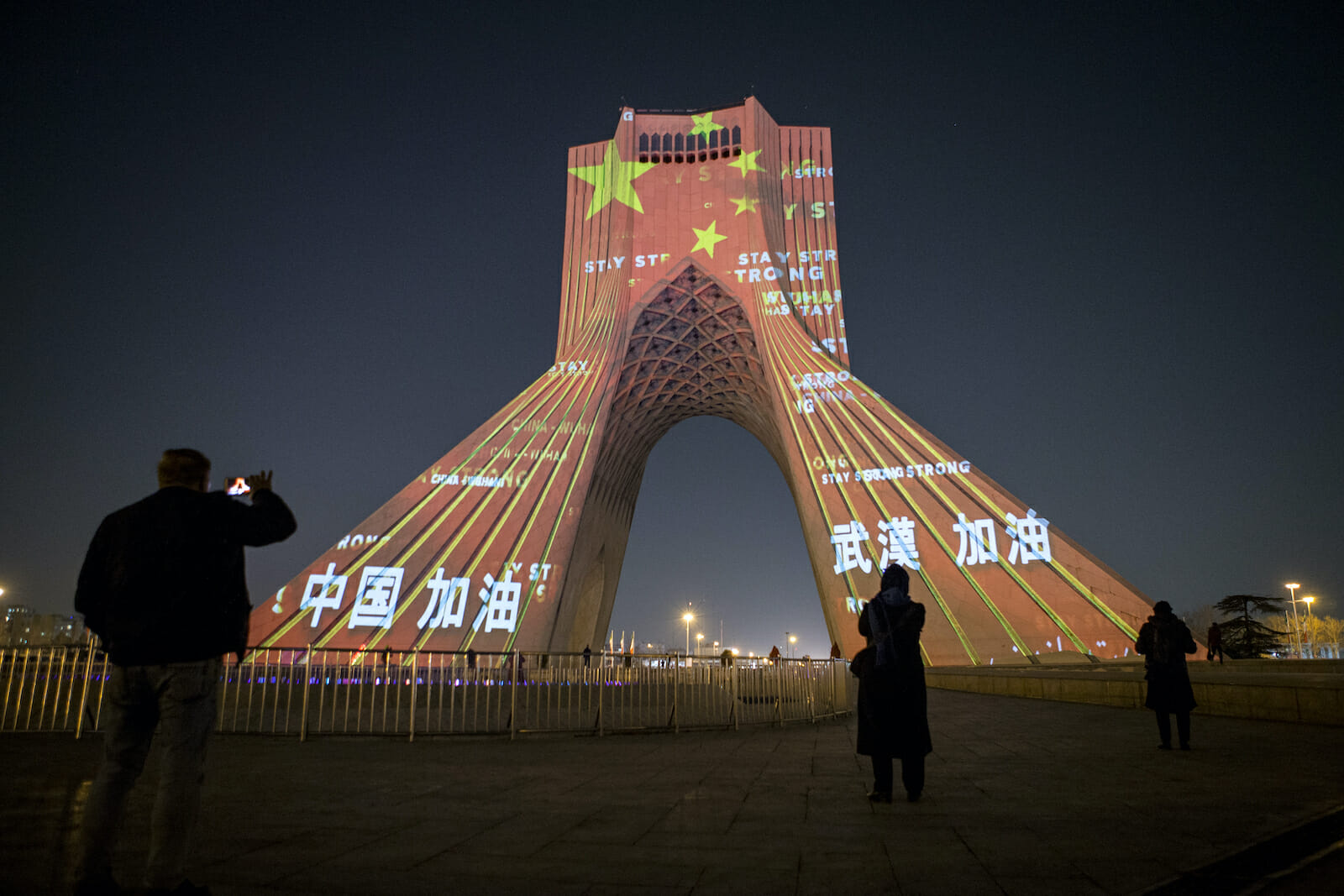
The China-Iran Deal
At the end of January 2016, in the wake of the Iran nuclear deal spearheaded by the Obama administration, China and Iran initiated negotiations on a “25-years strategic relation” agreement, labeled “final version” in a leaked version published by the New York Times in July last year.
The China-Iran deal became public on March 27. However, no details were made available at the time but based on reactions from Iranians that was probably a good thing. According to the New York Times, “Experts said [the agreement] was largely unchanged from an 18-page draft.” However, Chinese officials contradicted this statement and declared that “it does not include any quantitative, specific contracts or goals.” For their part, Iranian authorities remained unusually circumspect in the face of immense popular protests sparked by news of the agreement.
Most likely, the eighteen-page “final version” draft has witnessed little change, if at all – and will be enforced as soon as circumstances on the ground in Iran are judged more favorably.
The document shares three common features with other Chinese-led agreements, namely those promoted in the context of the Belt and Road Initiative. It provides China with preferential access to local natural resources; it includes financing either through loans with non-disclosed conditions or through direct investments by Chinese companies with Chinese personnel; and, it includes the creation of “free trade zones” providing special conditions to China.
However, the agreement is also far heavier than any other previous agreement. If we compare it to the Chinese Pakistan Economic Corridor (CPEC), we can observe the following: The deal involves $400 billion – whereas the CPEC enjoyed only an initial $46 billion, expanded to $62 billion in 2018; the deal contemplates a timeframe of 25 years– whereas the CPEC contemplates 15 years alone; a “strategic component” is acknowledged in the agreement even as Chinese authorities deny the above-mentioned “quantitative goals.”
The Belt and Road Initiative has great “strategic significance,” no less as translated into military cooperation and access to strategic facilities. This is the case, for instance, of the agreements with both Pakistan and Sri Lanka. However, none of those agreements explicitly stated such strategic significance from the start.
The “debt trap” usually connected to the Belt and Road Initiative reminds Iranians of their Constitutional Revolution of 1905, which originated as a revolt against tax measures authorities wanted to impose to service a debt incurred to Russia. While the authorities, backed by Russian and British forces, ultimately crushed the initial revolution, Iranians remain aware of this history lesson.
Iranians see their corrupt leadership as ready to sell out whatever they have (or do not have) to preserve their power and might. A major protest movement against this sell-out took place right after the agreement was announced, and this movement will undoubtedly increase in the months leading up to the Iranian elections on June 18.
From the onset of its autocracy over four decades ago, the Iranian clergy always have kept the farce of a popular choice between existing Islamist factions. However, now, crumbling under the weight of international sanctions and barely surviving two nationwide uprisings in December 2017 and November 2019, Supreme Leader Ali Khamenei hinted at purging the so-called moderate faction altogether in the upcoming presidential elections to close ranks and consolidate his power. In recent remarks, Khamenei said that any candidate for president “should have a revolutionary and jihadi performance. One cannot work in a pretentious and ceremonial manner. With all the fundamental issues existing in the country, there is a need for a jihadi and revolutionary performance.”
For the Biden administration, the cost of resurrecting the Iran nuclear deal now appears to be considerably higher than before. The administration has to consider whether the agreement can limit Iran’s nuclear ambitions while at the same time reining in Iranian behavior in the region. Time is running out for Washington. Even with the recent attack on the Natanz nuclear facility, the Iranians are prepared to ramp up enrichment activities.
As is often the case with dictators, the China-Iran deal’s architects did not take into consideration the people on the back of whom they developed their calculations. Iranians will likely make their voices heard in the next couple of months and with that, the Iranian regime will likely meet any protests with force.
